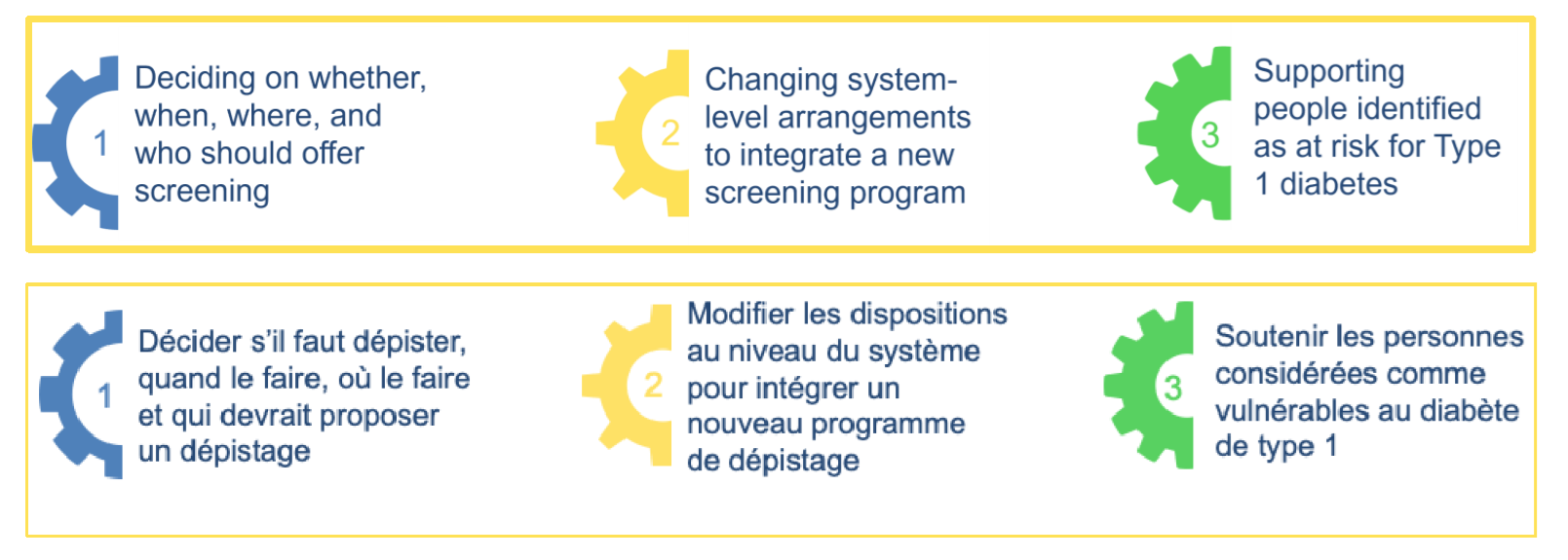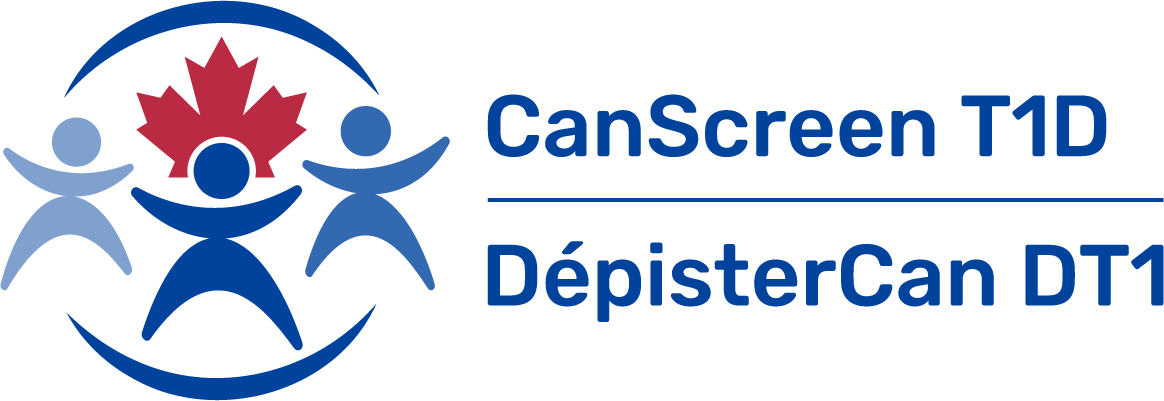The CanScreen T1D research consortium is exploring opinions on the development of a pilot screening program for Type 1 Diabetes, with input from members of the public and experts highlighting strong support, key challenges, and the need for a fair and well-planned approach.
June 20, 2025
In late 2024, the CanScreen T1D research consortium and the McMaster Health Forum brought together people living in Canada, from members of the public to health experts, to discuss an important question: Should Canada roll out a national screening program for early detection of Type 1 Diabetes (T1D)?
T1D is a health condition where the body cannot produce enough insulin. Detecting it early could help prevent serious complications and allow people to start treatment sooner. But launching a screening program for everyone in the country is a big step and not without its challenges.

What the Public Thinks
From July to August 2024, five virtual panels were held with 58 people from across the country. These included people living with T1D, their parents or caregivers, and others without direct experience of the health condition. The goal? To hear what people living in Canada think about the idea of national screening. People talked about the possible benefits and challenges of screening for T1D, and how such a program could be set up and put into action.

The citizen panels were invited to consider three groups of solutions and deliberate on what mattered most to them in each.
Here are the main points that came out of those conversations:
- Support for Screening: Most participants expressed support for T1D screening, emphasizing the potential for early detection and prevention of serious complications.
- Concerns About System Capacity: There was significant concern about the ability of provincial and territorial health systems to support widespread screening and follow-up care, particularly in rural and remote areas.
- Need for Clear Communication: Participants highlighted the importance of clear and accessible information for families, caregivers, and healthcare providers to help people understand their options and decide what would be best for them.
- Equity Considerations: Ensuring equitable access to screening services, regardless of geographic location or socioeconomic status, was identified as a critical factor for success. Making sure everyone can get screened, no matter where they live or their income, was seen as key to making the program work well.
Their ideas were brought together in this summary, which you can read here. The voices of the members of the public helped shape the next big conversation: a dialogue with experts from across the country.
What the Experts Said
On September 18 and 19, 2024, a national stakeholder dialogue brought together 19 experts, including health-system leaders, policymakers, researchers, and individuals with lived experience of T1D. The meeting focused on talking through the challenges and benefits of T1D screening, and coming up with practical suggestions for what to do next.
Here are the big takeaways from the conversation:
- Balancing Benefits and Harms: The experts talked about the benefits of detecting T1D early, like preventing life-threatening complications, such as diabetic ketoacidosis, and avoiding long-term health problems. But they also recognized some possible downsides, like the worry or stress children and parents or caregivers might feel if they are told that they are at high risk, and the chance of misdiagnosis that could lead to unnecessary treatments.
- Evidence Gaps: They agreed that more solid research is needed to guide screening, especially to make sure genetic tests used to determine risk work well and are accurate for the diversity of the Canadian population.
- Implementation Challenges: Concerns were raised about the capacity of healthcare systems to support a nationwide screening program, including the availability of trained staff and resources for follow-up care.
- Equity and Access: Ensuring that screening programs are accessible to all populations, including equity-deserving and rural communities, was emphasized as an important priority.
The dialogue concluded with a commitment to further research and collaboration to address identified challenges and to develop a screening program that is both effective and equitable. You can read the full report from the stakeholder dialogue here.
Moving Forward
The insights from both the public and the experts are being put into a final manuscript to guide future decisions. The goal is to help shape a screening program that is safe, fair, and effective for children living in Canada.
These conversations mark a big step toward tackling T1D in Canada more proactively. But they also show that thoughtful planning, community input, and solid evidence are all essential before moving forward.
To read more about the Citizen Engagement and Stakeholder Dialogue project, please visit their project page.
